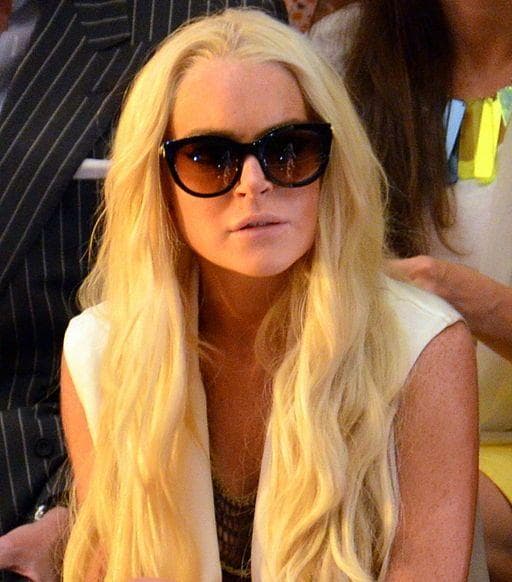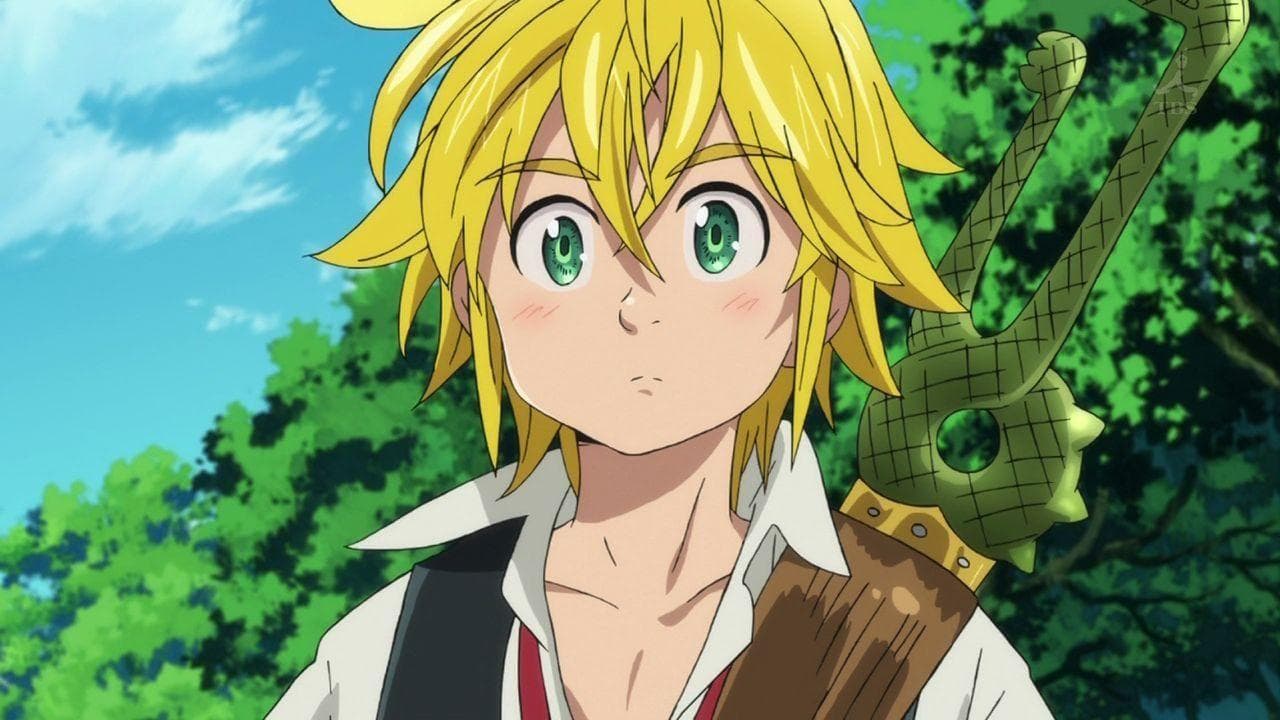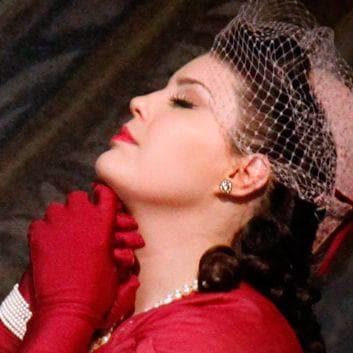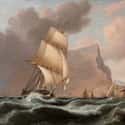-
(#13) Many Of The Objects Associated With Her Have Been Lost
Juana Maria brought some objects with her to Santa Barbara from San Nicolas Island, including bone needles that she had probably used to make a dress from cormorant feathers. Unfortunately, those objects had been housed in San Francisco and were destroyed in the great San Francisco Earthquake of 1906. Additionally, her cormorant dress has also disappeared, notably, after being shipped to the Vatican. It’s as if all traces of her life have slipped away, further erasing her from the record.
-
(#10) She Became A Local Curiosity And Was Dubbed "The Wild Woman"
When she finally came to Santa Barbara in 1853, the locals treated her like a curiosity, especially since no one could actually talk to her. She was dubbed the “wild woman.” Newspapers reported on how she was acclimating to life at the Santa Barbara mission, even noting that she marveled at the horses around the mission and enjoyed coffee and liquor. She even performed songs and dances for those who came to look at the “wild woman.”
-
(#15) The Captain Who Discovered Her Inspired Ralph Waldo Emerson
Near the end of his life, Captain George Nidever, the man who finally found Juana Maria on San Nicolas Island after 18 years, decided to record the story of his life. And it is from this account, The Life and Adventures of George Nidever, that much of what modern audiences know about Juana Maria comes. Born in Tennessee in 1802, George Nidever's life was one filled with incredible feats and stories, not least of which was his discovery of Juana Maria. And his autobiography - filled with these accounts - was wildly popular among American readers at the end of the 19th century. Among his fans was one Ralph Waldo Emerson, who included lyrics from a ballad about Nidever in his essay "Courage."
-
(#9) No One Knows Her Real Name
There’s a good reason that Juana Maria is known simply as the “Lone Woman of San Nicolas Island” to many scholars: no one knows her real name. Catholic priests gave her the name Juana Maria only after she had been taken to Mission Santa Barbara. In Island of the Blue Dolphins, she is named “Karana.” But there is no historical evidence for what her real name actually was.
-
(#2) The Remaining Tribe Members Were Removed From The Island By Catholic Priests
In 1835, Juana Maria’s entire tribe was removed from San Nicolas Island. They didn’t leave by choice: Catholic priests on the mainland specifically requested that the entire Nicoleño tribe be evacuated. The priests’ motivations remain unclear. Were they evacuating the tribe because they worried they could not sustain their livelihood on San Nicolas Island? Or, more sinisterly, did they simply want more bodies to convert? Like much of Juana Maria’s story, these questions will probably never get answers.
-
(#1) There Were Only Around 20 People Left In Her Tribe By 1835
San Nicolas Island is one of California’s Channel Islands. Juana Maria’s tribe, known as the Nicoleños, lived on the island for somewhere around 10,000 years. Their long history on the island could not protect them from tragedy, however. In 1811 or 1814 — when Juana Maria may have been a small child — disaster struck. A group of Native Alaskan and Russian otter hunters attacked the island and devastated the local population. The tribe’s population had stood at 300 people, and it was reduced to dozens in the wake of the attack.By 1835, the population was around 20 individuals.
New Random Displays Display All By Ranking
About This Tool
Our data comes from Ranker, If you want to participate in the ranking of items displayed on this page, please click here.
















